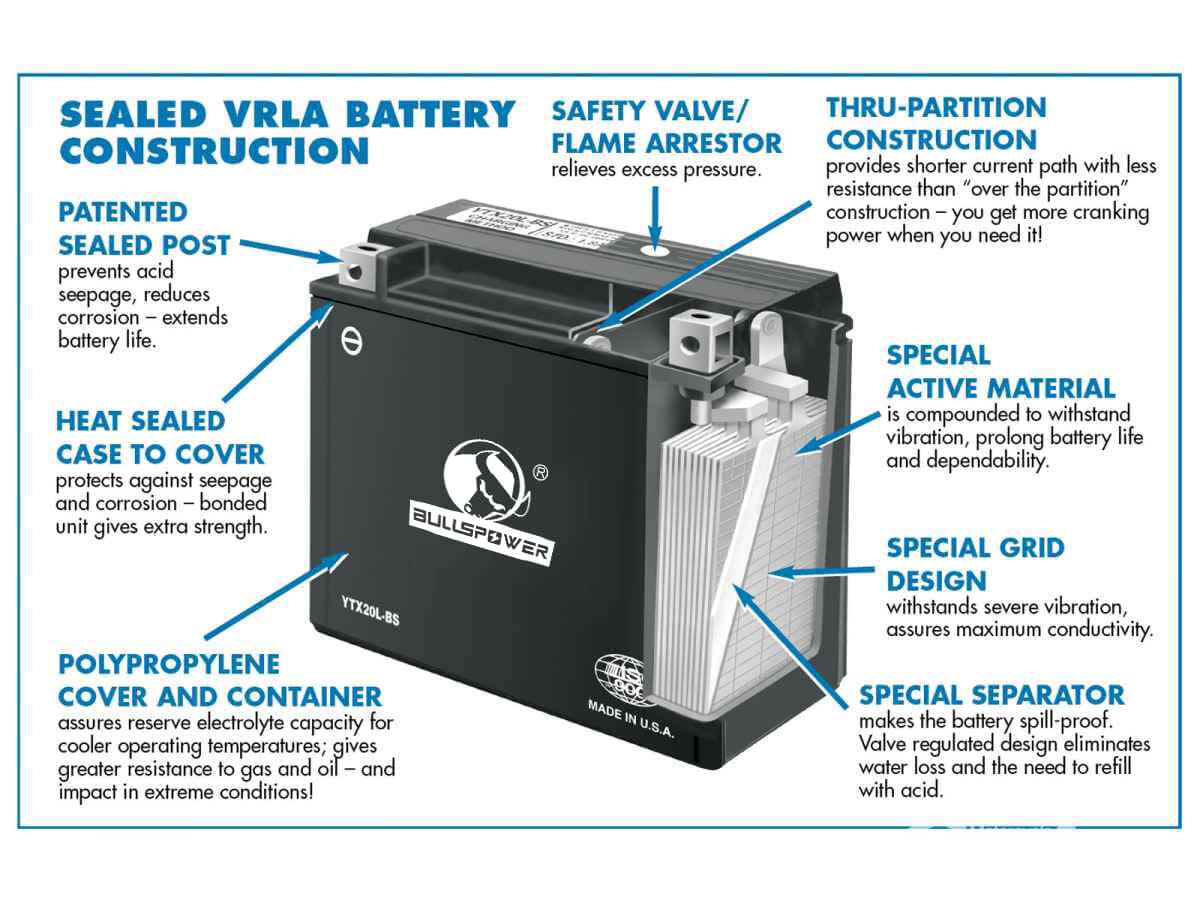
Source: AC DC Adapter, Charger, LED Driver, Power Supply Manufacturer
Depth of Discharge and Battery Capacity
The depth of discharge, along with the battery capacity, is crucial in designing a battery bank for a PV system. The energy that can be extracted from a battery is determined by multiplying the battery capacity by the depth of discharge. Deep-cycle batteries have a depth of discharge greater than 50%, while shallow-cycle batteries require a larger capacity to achieve the same usable capacity.
Battery Lifetime
Over time, battery capacity degrades due to sulfation and shedding of active material. Factors affecting battery degradation include the charging/discharging regime, depth of discharge, exposure to low discharge periods, and average temperature. The charging regime, such as overcharging or undercharging, significantly impacts battery life. Temperature also plays a role, with high temperatures accelerating aging.
Maintenance Requirements
Batteries may produce hydrogen and oxygen gas, causing water loss that needs regular replacement in lead acid batteries. Maintenance-free batteries reduce the need for attention by minimizing gas escape. However, all batteries introduce some maintenance due to the corrosive nature of the electrolyte.
Battery Efficiency
Lead acid batteries typically have coloumbic efficiencies of 85% and energy efficiencies around 70%.
Lead Acid Battery Configurations
Modifications to battery configurations can improve performance based on specific concerns. Changes can impact depth of discharge, battery lifetime, and maintenance requirements. Modifications typically focus on enhancing one of three areas: battery capacity, lifetime, or maintenance requirements.

Source: bullsbattery
